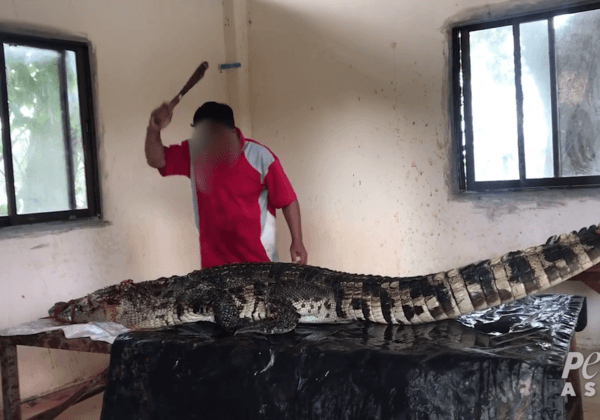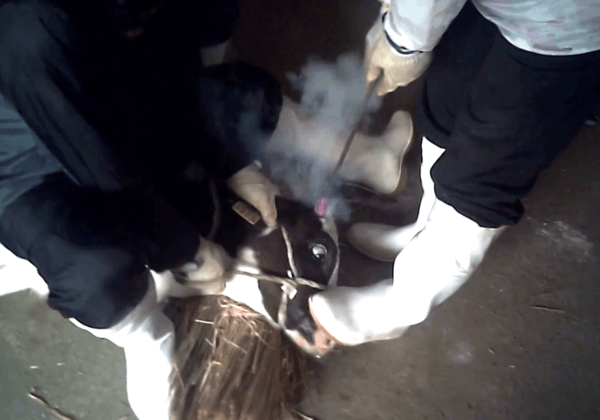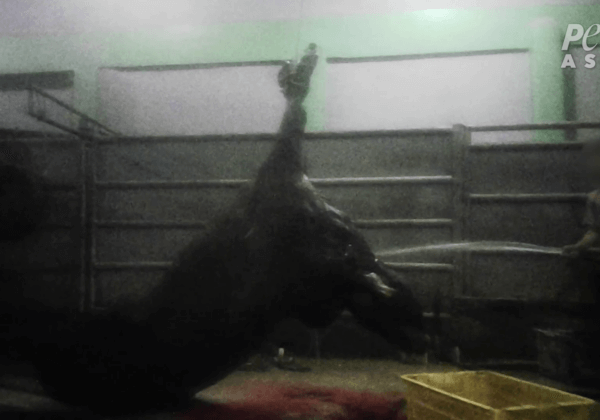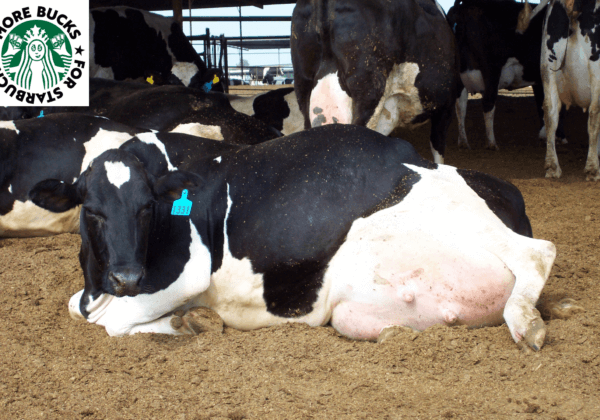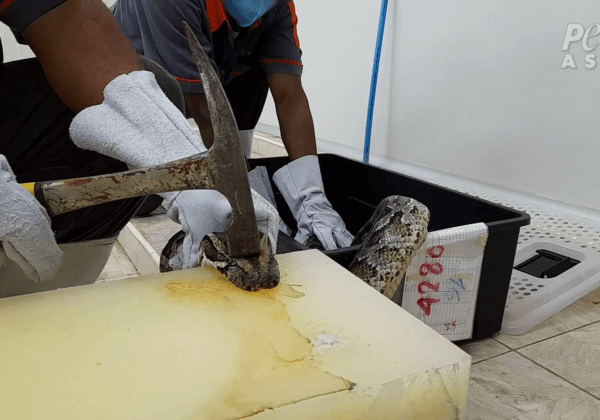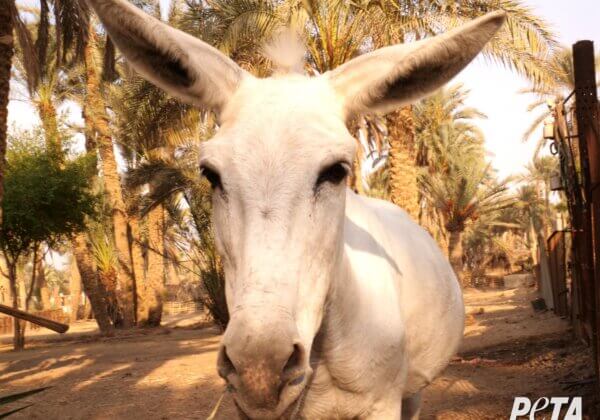Required Reading for Anyone Who Leaves the House: What to Do if You See an Animal in Need
We often receive heartbreaking reports like these: A neighborhood security guard beat a dog with a wooden club, a cat who was run over by a car was left to languish in the street as people whizzed past, or staff at a hotel poured boiling water on a cat caught stealing food. Most countries in Asia do have animal-protection laws, but often these laws are not enforced, which can make it difficult to punish people who abuse animals. However, you can still save an animal from suffering—if you to take immediate action.
The following seven tips may be helpful when you see an animal in need:
- Take the animal to a vet clinic ASAP: The best thing you can do to help animals in distress is to take them to the nearest veterinarian. However fast animal-rescue workers can arrive, they won’t be faster than you, the witness of the incident. We can all make a positive impact by taking the initiative to help animals, rather than relying solely on animal-rescue groups. Find a cardboard box nearby, and take the animal to the closest vet clinic. If you have a car, you can always keep a cardboard box, a towel, a leash, and dog and cat food in the trunk. If you don’t have access to a vehicle or the animal can’t be transported safely, see tip number two. If the animal is not sick or injured, as in the case of a young puppy or kitten struggling to survive in the icy winter, consider fostering the animal until a new home can be found, you can reunite the animal with his or her owner, or you’re able to find placement with a reliable rescue group. But remember always to take the animal to a vet for microchip scanning first.
- Never leave the scene: If you can’t transport an animal yourself, stay by his or her side until you can secure help. Remember that animal-rescue groups often operate with limited resources, and if they do agree to pick up an animal, they’ll need you to stay on the scene to guide them to the one in need when they arrive. PETA receives calls every day from well-intentioned people who then leave the site of the incident. Often those animals cannot be located again.
- Pay attention to posters of lost animals. You might have just rescued someone’s beloved dog or cat. If a vet clinic does a scan but can’t find a microchip, keep an eye out for posters of lost animals. You can also make your own posters to increase the chances of finding the guardian—but to prevent putting the animal in a dangerous situation if someone does come forward, always verify that person’s identity.
- Look for a home. If you can’t find an animal’s original family or if the animal was homeless, help find him or her a home. If you have the resources to make a lifelong commitment, you might also consider adopting the animal yourself.
- Report intentional cruelty. If you can readily identify the employer of a person who has abused an animal, report him or her to management. Animal abusers pose a threat to human beings, too. Studies show that serial killers often abuse animals before moving on to humans.
- A painless release might be needed. Sometimes the best we can do for gravely sick or injured animals is to release them painlessly from a life of suffering. If an animal you encounter is in pain or dire health, euthanasia might be the necessary and most humane option.
- Promote strong anti-cruelty legislation.Post about the incident on your personal social media accounts, and get more people to join the call for stronger anti-cruelty laws.
There are countless homeless animals in Asia and all over the world who are in danger of starvation, being abused by cruel humans, being hit by cars, and more. There will never be enough loving homes for homeless animals, so we don’t need to bring more cats and dogs into a world that’s unsafe for them. The best way to help curb the homeless-animal crisis is to have your animal companions spayed or neutered and to adopt instead of buying from breeders or pet stores. Also remind people about the importance of using a leash when walking their dogs, which is the easiest and most effective way to prevent dogs from getting lost.
Share this post with friends to give homeless animals a chance. Contact PETA if you have touching or inspiring rescue stories to share.


